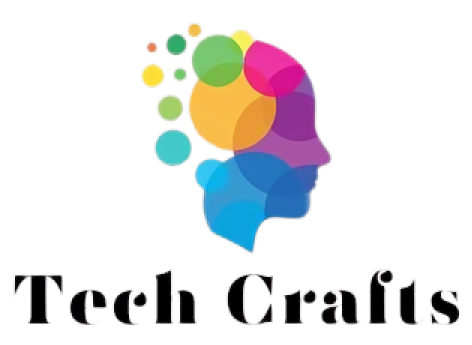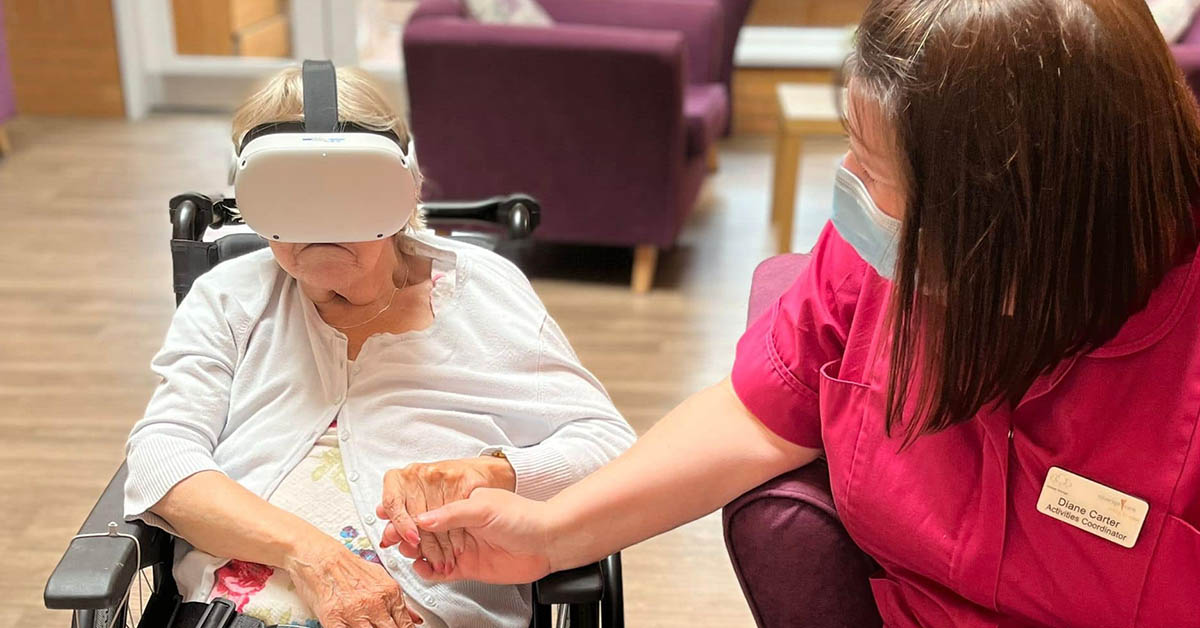Work evaluation in VR for adults has long been a cornerstone of adult career development, job training, and rehabilitation programs. However, with the rapid advancement of technology, Virtual Reality (VR) is emerging as a powerful tool to assess and improve work-related skills in a highly engaging, immersive environment.
If you’re looking for innovative ways to support adults in workforce re-entry, career transitions, or skills assessments, VR-based work evaluations offer a game-changing solution. This article explores what it is, how it works, who it’s for, and the top benefits of integrating VR into adult career and job-readiness programs.
What Is Work Evaluation in VR for Adults?
Work evaluation in VR refers to the use of virtual simulations to assess a person’s cognitive, physical, and behavioral abilities in work-like scenarios. Using a VR headset, adults can experience realistic job tasks — from office environments to hands-on trades — allowing practitioners to evaluate performance without needing access to a real-world setting.
These assessments are commonly used for:
- Career counseling
- Vocational rehabilitation
- Disability evaluations
- Workforce readiness programs
- Corporate upskilling and reskilling initiatives
The goal is to simulate job functions and capture data on task completion, problem-solving, motor skills, and decision-making — all in a safe, adaptable, and measurable virtual environment.
Why Use VR for Work Evaluations?
Immersive and Realistic Scenarios
Unlike paper tests or generic questionnaires, VR places adults in fully interactive job simulations — like assembling parts, stocking shelves, or handling customer service tasks — which mimic real-world environments.
Safe Environment for High-Risk Jobs
For roles like construction, warehouse work, or healthcare, VR allows users to demonstrate skills without the risk of injury or equipment damage.
Data-Driven Feedback
VR platforms track eye movement, hand motion, reaction time, and more, providing quantitative data for precise evaluations and reports.
Adaptable for All Abilities
Virtual work evaluations can be tailored for adults with cognitive impairments, physical disabilities, or mental health challenges, making it highly inclusive.
Cost-Effective and Scalable
One VR system can simulate dozens of roles across industries — eliminating the need for physical mock-ups, tools, or training spaces.
Who Benefits from Work Evaluation in VR?
- Job Seekers – Especially those entering the workforce for the first time or after a long gap.
- Adults with Disabilities – For safe, customized evaluations that reflect their potential.
- Veterans – Re-entering civilian employment with skill assessment and retraining.
- Career Changers – Exploring new fields in a low-risk virtual setting.
- Rehabilitation Centers – Helping clients transition from treatment to work readiness.
- Vocational Schools and Workforce Agencies – Assessing candidates’ aptitude in real-world job tasks.
Common VR Job Evaluation Scenarios
- Retail Simulation – Stocking items, using a register, interacting with customers.
- Office Tasking – Filing, typing, email management, prioritizing tasks.
- Warehouse Operations – Forklift simulations, inventory checks, packaging.
- Healthcare Assistance – Basic patient care, administering procedures.
- Construction Trades – Tool handling, safety checks, measuring accuracy.
Each of these scenarios can be customized for skill level, language preferences, and accessibility requirements.
How Does a VR Work Evaluation Program Work?
Step-by-Step Process:
- Initial Intake & Needs Assessment
Program administrators evaluate the adult’s career goals, physical capabilities, and experience level. - VR Simulation Setup
Users wear a VR headset and hand controllers. Scenarios are launched based on their chosen job path. - Guided Task Execution
Individuals complete tasks in real-time while the system tracks performance metrics. - Real-Time Feedback & Reporting
Upon completion, the system generates a detailed report covering speed, accuracy, problem-solving, attention to detail, and communication. - Counseling or Career Planning
Trainers or counselors use the results to guide job placement, further training, or accommodations planning.
Key Features to Look for in a VR Work Evaluation Platform
- Realistic 3D job environments
- Customization for disabilities or impairments
- Multilingual interfaces
- AI-powered analytics
- Data export for documentation and reporting
- Compatibility with workforce tracking software
Benefits of VR Work Evaluation for Programs and Agencies
| Benefit | Description |
| Higher Engagement | Interactive and game-like; adults stay focused longer. |
| Objective Measurement | Reduces human bias in evaluation. |
| Remote & Onsite Use | Portable VR headsets allow use in clinics, homes, or job centers. |
| Improved Job Matching | Helps identify careers aligned with an individual’s strengths. |
| Documentation for Funders/Employers | Offers data-rich reports for accountability and transparency. |
Challenges and Considerations
While promising, VR-based evaluations also come with some limitations:
- Initial Hardware Cost – VR headsets, software, and training staff require upfront investment.
- Tech Comfort Level – Some adults may be unfamiliar with VR tech; onboarding is key.
- Internet or Software Glitches – Requires stable systems for optimal performance.
- Limited Human Interaction – Can’t fully replace real-world social dynamics.
However, most programs find that the benefits far outweigh the drawbacks, especially when VR is used alongside traditional assessments.
Examples of VR in Action
Vocational Rehabilitation Clinics
Use VR to simulate customer-facing roles for clients with anxiety or cognitive challenges.
Community Colleges
Incorporate VR job simulations into career prep classes to test skills and readiness.
Employment Agencies
Use VR to show job seekers what different roles entail and help identify fit.
Conclusion
Work evaluation in VR for adults is not just a futuristic concept — it’s a practical, proven solution that enhances workforce readiness, vocational planning, and inclusive job training. As more organizations embrace technology, VR is setting a new standard for effective, engaging, and equitable career evaluation tools.
Whether you’re a job coach, educator, case manager, or policy maker, incorporating VR into your work evaluation programs can bridge skill gaps, build confidence, and increase placement success.
FAQs
1. Is VR work evaluation suitable for people with disabilities?
Yes! Many VR programs offer accessibility features tailored for physical, cognitive, and sensory needs.
2. How much does a VR work evaluation system cost?
Systems typically start around $3,000–$10,000 for hardware and software, but prices vary by features and licensing.
3. Can VR replace real-world job training?
VR complements real-world training but doesn’t fully replace it. It’s ideal for pre-screening, early-stage skill building, and safe practice.
4. What industries are best represented in VR evaluations?
Retail, warehouse, office administration, construction, healthcare, and hospitality are among the most common.
5. Where can I find VR work evaluation tools?
Companies like Oculus for Business, VRAI, and Talespin offer professional-grade VR solutions. Also, check with vocational rehab networks or workforce agencies for referrals.
Also read: NetSuite Lead Management: Streamline Your Sales Pipeline with Smart Automation







